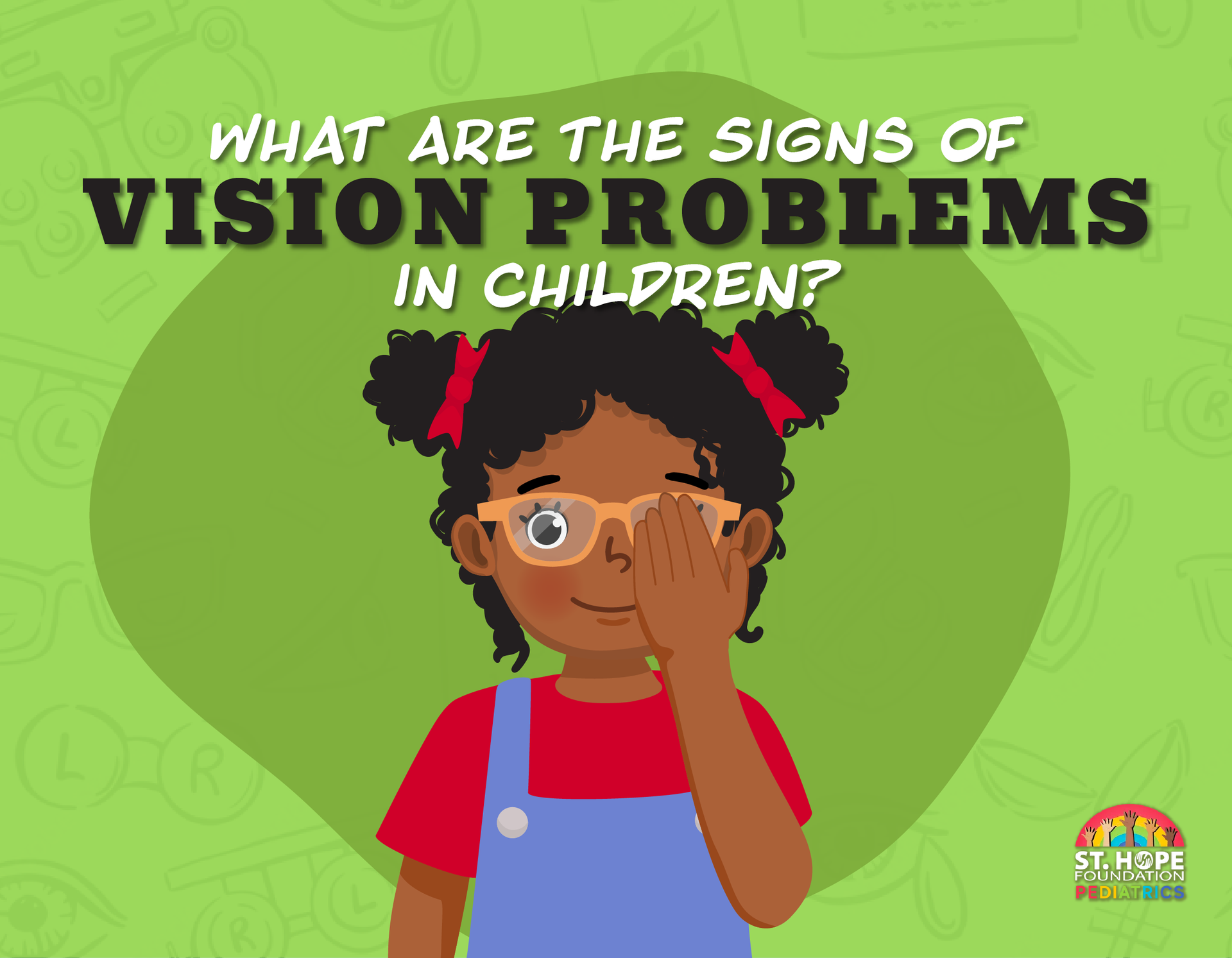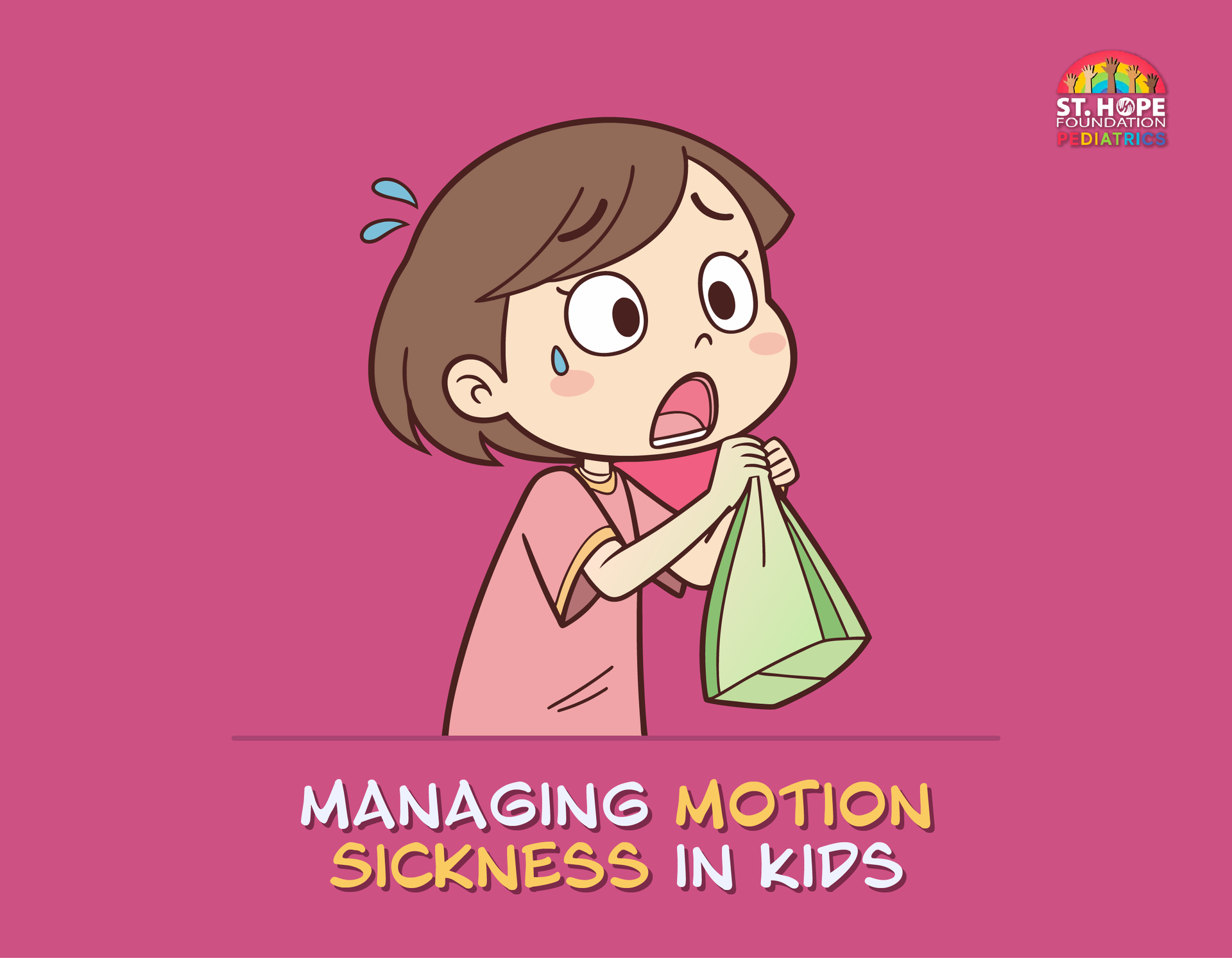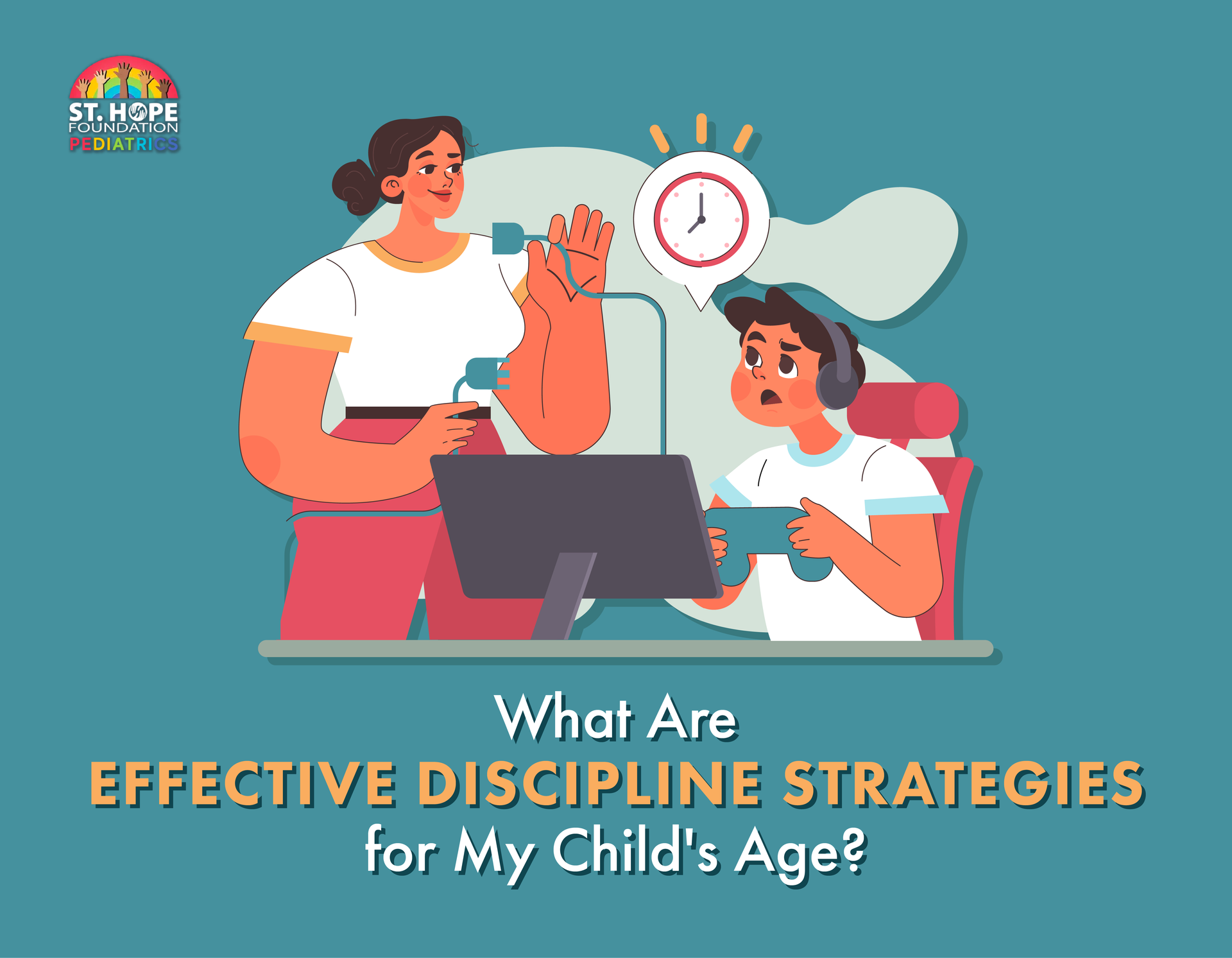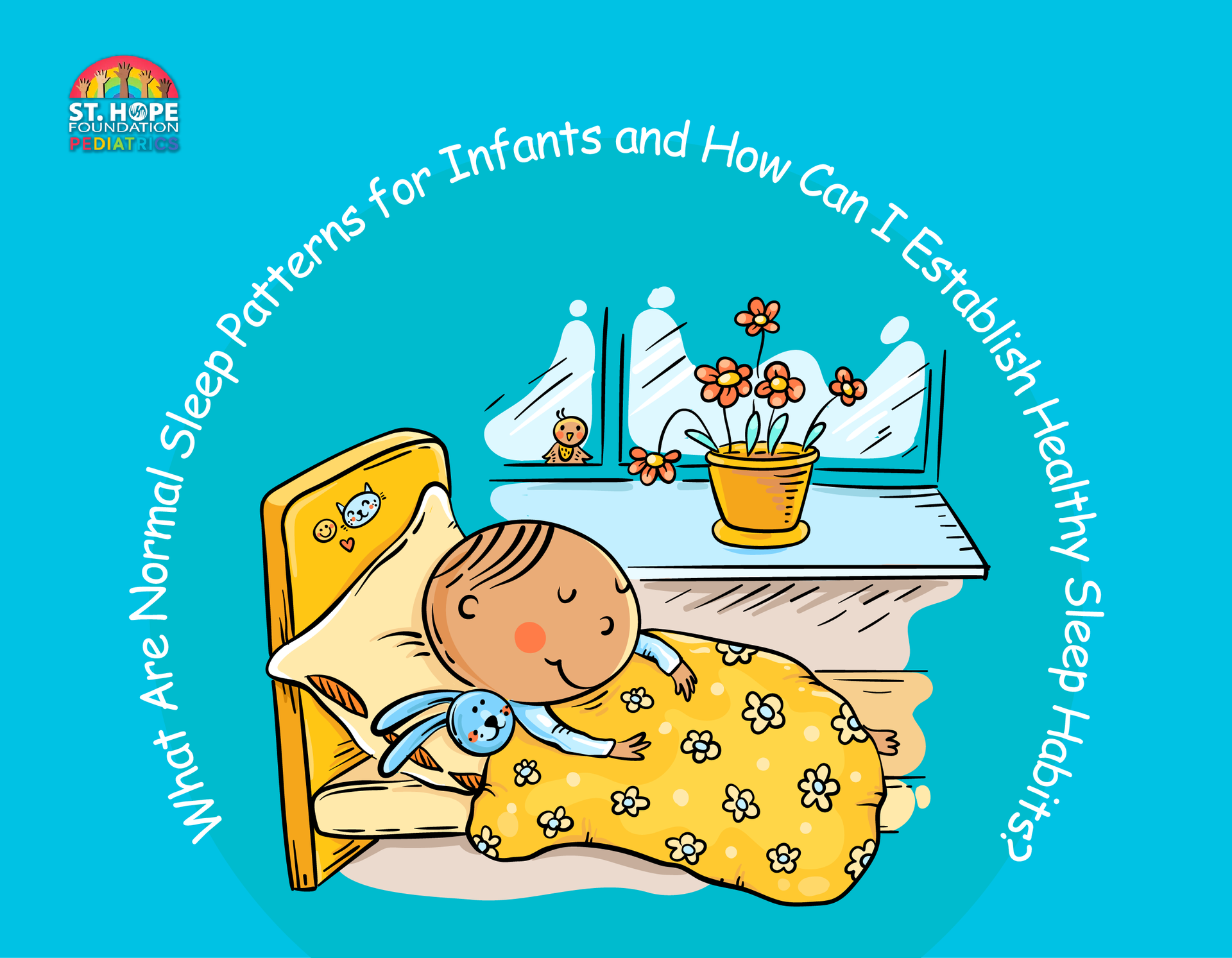
Vision is one of the most critical senses for a child's development and learning. However, children may not always realize or be able to articulate that they have a vision problem. As a parent or caregiver, it's important to be aware of the signs and symptoms of vision issues to make sure that your child receives the necessary care and support.
Early detection can prevent more serious problems and aid in the child's overall development.
Squinting and Eye Rubbing
One of the most noticeable signs of vision problems is frequent squinting or rubbing of the eyes. Squinting can indicate that your child is having difficulty seeing clearly and is trying to improve focus by narrowing their eyes. Similarly, eye rubbing, especially if not due to tiredness or an eye infection, can be a sign of eye strain or discomfort, suggesting that their vision might not be sharp.
Sitting Too Close to the TV or Holding Books Too Close
If your child often sits very close to the television or holds books and other objects unusually close to their face, this might indicate a vision issue. Children with nearsightedness (myopia) struggle to see objects that are far away and compensate by bringing things closer to their eyes. Conversely, children who have trouble seeing up close might hold objects further away to see them more clearly.
Complaints of Headaches or Eye Pain
Frequent headaches, particularly after reading, watching TV or doing homework, can be a sign of vision problems. Eye strain from struggling to focus can cause headaches and discomfort. Children might also complain of eye pain or describe a feeling of pressure around their eyes.
Difficulty in School
Vision problems can significantly impact a child's performance in school. If your child is having trouble reading the board, frequently loses their place while reading or avoids reading altogether, it could be due to vision issues. Poor academic performance and a sudden drop in grades can sometimes be traced back to uncorrected vision problems.
Covering One Eye or Tilting the Head
Children might cover one eye or tilt their head to see better, which can be a sign of double vision or an eye alignment problem such as strabismus (crossed eyes). These coping mechanisms can temporarily improve a child’s vision but indicate an underlying issue that needs medical intervention to correct.
Frequent Eye Infections or Tearing
While occasional eye infections are not uncommon, frequent or chronic infections might suggest an underlying vision or eye health problem. Excessive tearing can also indicate an issue with the eye's drainage system or an irritation caused by straining to see.
Sensitivity to Light
Increased sensitivity to light (photophobia) can be a symptom of several vision problems, including corneal abrasions or inflammation. If your child often complains about bright lights or avoids sunlight, it’s worth investigating further.
Poor Hand-Eye Coordination
Vision plays a crucial role in hand-eye coordination. If your child seems clumsy, frequently bumps into things or struggles with activities that require good coordination (such as catching a ball), it might be due to poor vision. This can affect not only sports and play but also everyday tasks.
Abnormal Eye Movements
Any unusual movements of the eyes, such as one eye turning in or out, or rapid, uncontrolled eye movements (nystagmus), can indicate vision problems. These symptoms require prompt evaluation by an eye care professional.
What to Do if You Suspect a Vision Problem?
1. Schedule an Eye Examination
- The first step is to schedule a comprehensive eye examination with an optometrist or ophthalmologist who specializes in pediatric care.
- Children should have their first eye exam at around six months of age, another at age three and one before starting school.
- Regular eye exams are essential even if no vision problems are apparent, as some issues may not show obvious symptoms.
2. Observe and Communicate
- Keep a journal of any signs and symptoms you observe in your child.
- Note when they occur, how often and any other relevant details.
- Communicate these observations to your child’s eye doctor.
- Children may not always be able to explain what they are experiencing, so your input will be valuable.
3. Follow Through with Treatment
- If a vision problem is diagnosed, follow through with the recommended treatment.
- This might include prescription glasses, contact lenses, vision therapy or even surgery, depending on the issue.
- Make sure your child wears their glasses or follows other treatment recommendations consistently.
Monitor for Changes
Vision can change over time, so continue to monitor your child for any new or recurring symptoms. Regular follow-up appointments are crucial to make sure that any vision problems are managed effectively.
Support Your Child
Children with vision problems might need extra support at home and in school. Be sure to work with your child’s teachers to make sure they have the necessary accommodations to thrive, such as seating near the front of the classroom or larger print materials.
Prioritize Your Child’s Vision at St. Hope Pediatrics
At St. Hope Pediatrics, our pediatric optometry and vision team provides expert eye care tailored specifically for children. With comprehensive eye exams, personalized treatment plans and a kid-friendly environment, we make sure your child receives the best possible care.
Schedule your appointment with St. Hope Pediatrics now or give us a call at (713) 778-1300.













